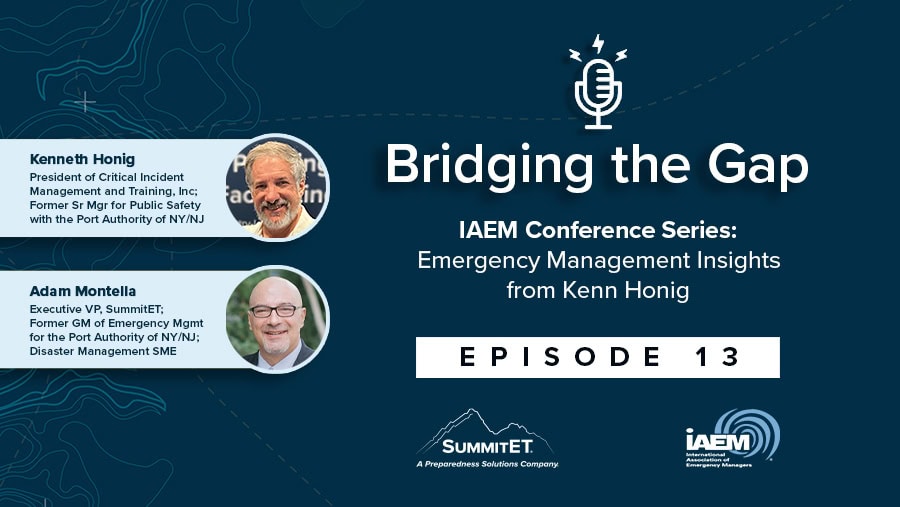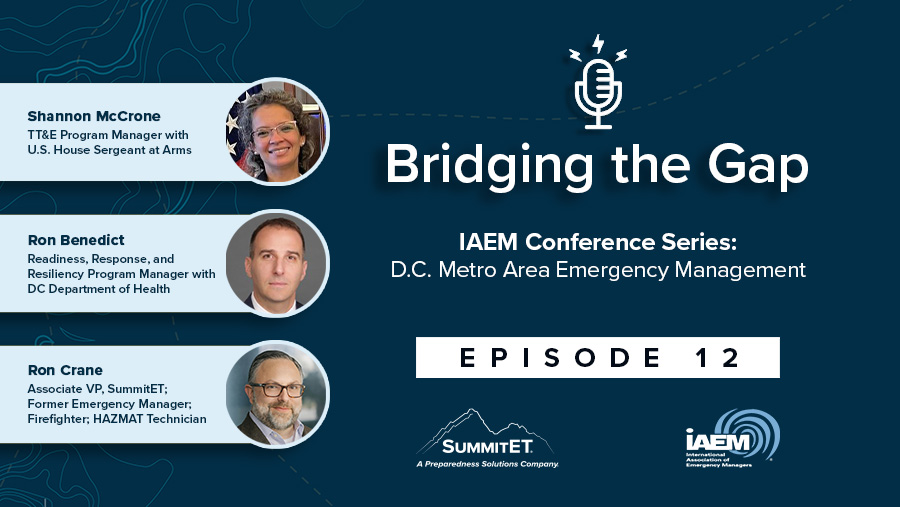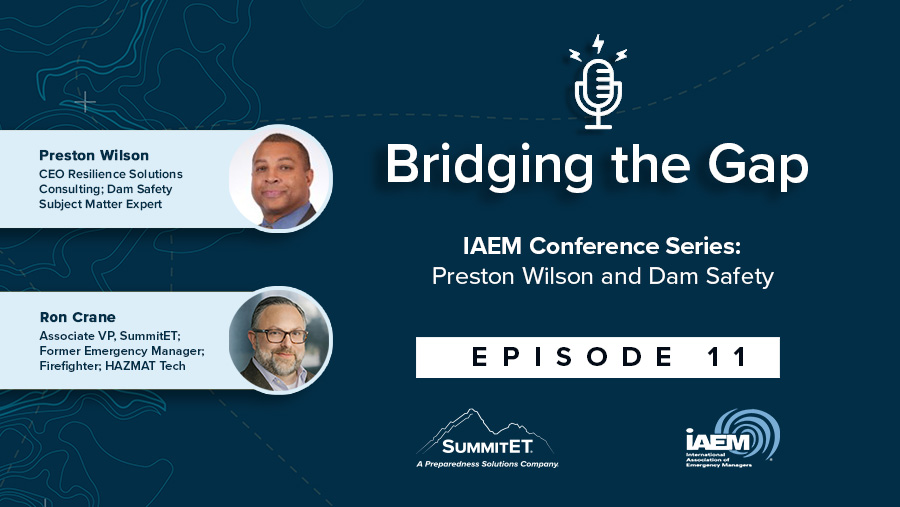Today’s emergency managers are tasked with navigating an ever-increasing array of threats, from natural disasters to technological hazards, while coordinating response efforts across multiple agencies and stakeholders. Here, we delve into some of the most pressing pain points that these professionals face in their mission to safeguard communities.
Resource Constraints
Whether it’s a lack of funding, insufficient staffing, or inadequate equipment, emergency managers often find themselves trying to do more with less. Resource constraints can severely hamper the ability to plan effectively, respond swiftly, and recover efficiently from disasters.
Funding Shortfalls
Emergency management departments frequently struggle with budget cuts and limited financial resources. These shortfalls can impact everything from preparedness initiatives to disaster response capabilities. Without adequate funding, it becomes challenging to invest in essential training, acquire necessary technology, or even maintain basic operational readiness.
Staffing Issues
It can also be challenging to attract and retain skilled personnel. The demanding nature of the job, coupled with often modest compensation, can lead to high turnover rates and a shortage of qualified emergency management professionals, this affects day-to-day operations and the overall resilience of the community.
Complex Coordination
Effective emergency management requires seamless collaboration between local, state, federal, and sometimes international entities. However, differing priorities, communication barriers, and jurisdictional disputes can complicate these efforts.
During a crisis, clear and timely communication is vital, yet interoperability between various agencies’ communication systems can be lacking. This can lead to delays in response, misallocation of resources, and ultimately, a less effective disaster management effort.
Furthermore, confusion over roles and responsibilities can lead to inefficiencies and even conflicts that impede the overall response effort. Establishing clear protocols and agreements before a disaster strike is crucial.
Technological Challenges
While technology has the potential to revolutionize emergency management, it also presents its own set of difficulties.
Data Overload
In today’s data-driven world, emergency managers have access to vast amounts of information which can be both valuable and overwhelming. Sifting through and analyzing large datasets to make informed decisions in real-time is difficult, particularly during a rapidly unfolding crisis.
Cybersecurity Threats
As reliance on digital systems grows, so does the risk of cyber-attacks. Emergency management infrastructure, including communication networks and data storage systems, can be vulnerable to cyber threats. Protecting these systems is critical to ensuring that emergency responses are not disrupted by malicious actors.
Community Engagement
Engaging the community is a cornerstone of effective emergency management, yet it remains a challenging task. Building trust, raising awareness, and encouraging preparedness among the public requires ongoing effort and innovative strategies.
Despite efforts to educate communities, many individuals remain unaware of potential hazards or unprepared to respond effectively when disaster strikes. Overcoming this requires targeted outreach and education programs that resonate with diverse audiences.
Simultaneously, emergency managers must work diligently to build and maintain strong relationships with community members.
Learn how applying the IDEA Model to you communications can help improve community engagement.
The Path Forward
Despite these challenges, the future of emergency management holds promise. Investing in robust training programs, fostering collaboration across agencies, leveraging new technologies, and engaging communities more effectively can all contribute to overcoming obstacles in the field. By addressing these issues head-on, emergency managers can enhance their ability to protect and serve their communities in times of crisis.
SummitET®, A Preparedness Solutions Company®
SummitET can relieve some of the burdens your emergency management team may face. We specialize in designing, developing, conducting, and evaluating preparedness training courses, exercises, and senior-level workshops for government and private organizations. Our greatest strength is the experience and qualifications of our HSEEP Trained team. Nearly all of our subject matter experts are former members of federal or state/local agencies with crisis management experience.
Contact us to learn more.
Join us at IAEM 2024

As part of our commitment to promoting emergency preparedness, we are attending the upcoming International Association of Emergency Managers (IAEM) Annual Conference in Colorado Springs, CO. Join us at our booth to meet our experts and learn more about our innovative preparedness solutions.





